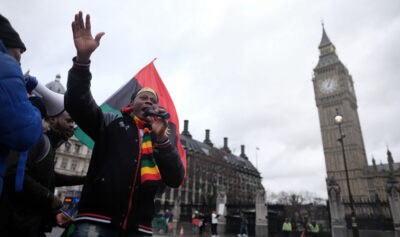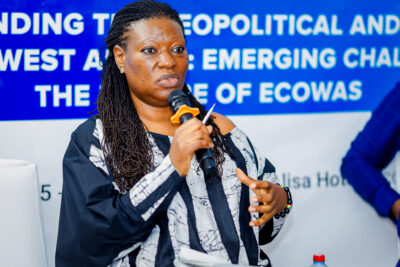“It is the other who can see my form.” My friend Omnia El Shakry, also a participant in this forum, aphoristically suggested as much once when we were reading each other’s work, pointing to the unconscious status of both recognition and form. Form, in other words, emerges in a space of transference, between two, or three, or many. This thought lingered as I reflected on Niklaus Largier and Basit Iqbal’s essays on Knot of the Soul, their gift of reading. I focus here on what I see as their central concerns respectively; an arduous counter-gift, for it is hard to represent one’s work, never completely one’s own, especially when attempting to restitute lifeworlds, voices, concepts, traditions, and languages, with the responsibility and risk this entails; and because of a haunting, the way these have transformed both the author and the text. . . I will respond to their comments focusing on a “sphere of resonance” (Largier’s phrase), the working of a heteronomy in the life of the soul, which I address in part three of my book.
Latest posts
Listening to the torment of existence
 by
Basit Kareem Iqbal
by
Basit Kareem Iqbal
On the one hand, the story of modern Islam across multiple disciplines has for decades been organized by a figure of crisis survived or undergone: the disparate practices of contemporary Muslim life are what survive of Islam after colonialism, after the consolidation of the nation-state, after the demise of local community, after the codification of Islamic law, after the domestication of sufi charisma, after the globalization of the world. According to this utterly dominant academic historiography, Islam today is marked by historical rupture, and the task of social science is to account for the fate of Muslims in its wake. On the other hand, psychoanalysis approaching postcolonial Islam works in a resolutely diagnostic mode. In Fethi Benslama’s paradigmatic (if frequently insightful) version of this analysis, the psychoanalyst reveals and redresses a traumatic caesura in the modern Muslim subject now bereft of the cultural institutions that once maintained the theological economy of the drives. In the absence of such institutions, only a “torment of origin” and mass despair remain. But conditions and oppositions internal to Islam allowed for this mutation, the psychoanalyst comments. Knot of the Soul refuses both these powerful modes of writing Islam.
Knot of the Soul: Voices, textures, resonances
 by
Niklaus Largier
by
Niklaus Largier
More than any other book I have read recently, Stefania Pandolfo’s Knot of the Soul made me ask myself time and again: How does this narrative of multiple encounters with patients and healers in Morocco, how does the ethnography presented here, how do the case studies and their intimate relation to the conceptual work, make me think differently? Or, to put it along the lines of her beautiful and often mesmerizing storytelling: How does this book make me think differently by listening differently? And how does it make me and us think differently about what we call “religion,” especially Islam, in the postcolonial present, when we pay attention to the ways of listening she asks us to engage in? Indeed, Pandolfo’s book is first and foremost a deeply provocative presentation of voices, their resonances, and textures. It is also—and this is the moment where the question of thinking differently emerges—a book that makes sophisticated conceptual work converge with the questions that arise from the ethnographic description.
Bringing fathers more fully into view
Christian theology has seemingly forgotten the Father’s ironic relationship with the Son, lost sight of the Father’s worry and concern for Jesus’s safety, and stalled in the metaphor of divine fatherhood.
The American romance of the not-so-little black dress
The focus on nuns in Heavenly Bodies highlights the historical oddness—really, the queerness—of nuns in the American imagination. It is a complex evolution that balances respect with fear, admiration with violence.
Translation, tradition, and the ethical turn: A reply to Bardawil and Allan
 by
Omnia El Shakry
by
Omnia El Shakry
The Arabic Freud ... does not aim to augment the literature on psychoanalysis by contributing yet another reading of Freud (merely to be added to the French, American, Argentinian, or Indian Freud), nor does it simply argue that psychoanalysis as a discipline was itself constituted by the Other (and, therefore, always already inflected by histories of colonialism and of the non-West). Eschewing the pretension to abstraction so characteristic of philosophical reflections on selfhood, it rejects the premise of much Euro-American theory in which “geopolitics provides the exemplars, but rarely the epistemologies.” Instead, I stage a scene of reading between psychoanalysis and Islam that takes place otherwise, at the intersection of multiple epistemological and ethical traditions of selfhood. Such “irreducible work of translation, not from language to language, but from body to ethical semiosis” cannot resort to the resolutely secular framings within which a knowledge formation like psychoanalysis has traditionally been understood.














